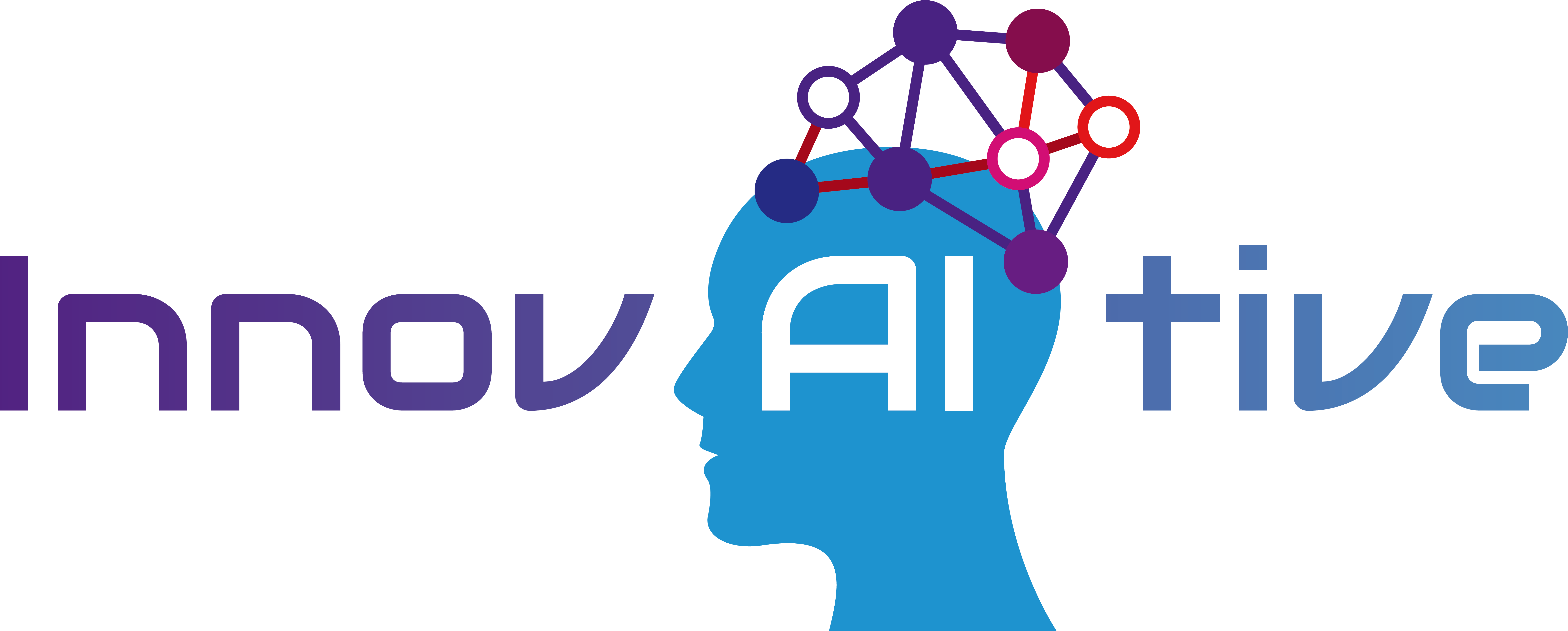Did you know that organizations that regularly reflect on their processes increase their adaptability by 30%? In an era defined by rapid technological advancement and shifting consumer preferences, businesses often find themselves in a race to innovate and stay relevant. However, in this fast-paced environment, many teams overlook the crucial process of reflection—a practice that can lead to insights and strategies that prevent repeated mistakes and open new opportunities.
This article aims to highlight the importance of reflection in the business world and provide practical techniques to enhance team performance and alignment. By taking time to assess what has happened, we can better strategize for the challenges that lie ahead.
Understanding Reflection in Business
Reflection in business can be defined as the process of critically evaluating experiences, decisions, actions, and outcomes to extract meaningful insights and learnings. It is more than just a review; it is an introspective practice that focuses on understanding the ‘why’ behind actions and their results.
When teams engage in reflection, they foster a culture of innovation and growth. Companies like Google and Toyota have successfully integrated reflective practices into their operations, demonstrating how reflection can pave the way for groundbreaking ideas and efficient processes. For instance, Google employs a method called “Post-Mortem,” where project teams analyze what worked, what didn’t, and why—a technique that has birthed innovative products like Google AdWords.
Statistics support the significance of reflection in business practices. According to a study by the Harvard Business Review, companies that prioritize reflective practices experience a 23% increase in productivity. This highlights not only the need for reflection but also its effect on overall business performance. As businesses navigate complexities, it becomes crucial to periodically stop, think, and recalibrate their strategies based on past experiences.
Analyzing Achievements and Setbacks
To effectively harness the power of reflection, teams must analyze both their successes and setbacks. Techniques such as the “5 Whys,” where teams ask “why” multiple times until identifying root causes, can reveal underlying issues or hidden patterns in performance. This analytical method allows teams to pivot from their failures rather than repeat the same mistakes.
Moreover, reflecting on weekly performance fosters a culture of continuous improvement. Take Microsoft, for example; the company routinely conducts Reflective Meetings at the end of each project phase where team members assess their contributions to both successes and failures. This consistent practice enhances decision-making by providing valuable insights for future projects.
Team collaboration plays a crucial role in these reflection processes. Engaging in discussions about achievements and setbacks with the entire team fosters a sense of ownership and shared responsibility. It normalizes the conversation around challenges and creates an opportunity for collective learning. As a result, teams become more aligned and motivated to pursue future goals with renewed vigor.
Effective Reflection Techniques
Instituting structured reflection sessions is integral to channeling the benefits of this practice. Successful organizations implement these sessions with regular frequency—whether it’s weekly, bi-weekly, or monthly—dedicating specific durations focused on reflective practices.
For instance, Spotify employs periodic retrospective meetings where teams review project outcomes and insights in a relaxed environment, impacting collaboration and innovation positively. Using tools such as SWOT analysis during these sessions allows teams to evaluate strengths, weaknesses, opportunities, and threats of their strategies and how to better tackle future challenges.
Creating an open culture that encourages feedback and sharing of insights is also important. Leaders should model vulnerability by sharing their experiences, including failures, to instill psychological safety within their teams. It’s vital that every team member feels valued and heard, as this enhances the quality of reflections shared, ultimately driving meaningful insights and improvements.
Aligning Teams Through Reflection
Setting shared goals based on reflective insights is essential for unified team direction. By understanding what has worked in the past and what hasn’t, teams can align their focus on achieving collective objectives. This alignment engenders a cohesive approach to tackling new challenges, ensuring that everyone is on the same page.
Communication is key—teams must cultivate ongoing dialogues about reflection outcomes to keep motivation high. Regularly reiterating how insights will shape future strategies encourages team members to engage actively with the reflection practice. As reported by Salesforce, companies with effective communication during reflection processes have seen employee engagement rates increase by up to 25%.
Creating an atmosphere of psychological safety allows team members to express their thoughts openly. When reflection is part of the culture, it becomes a natural step in the workflow, leading to inspired, motivated, and engaged employees who are more likely to contribute innovative ideas.

Looking Forward: Strategies for Continuous Reflection
Incorporating reflection into regular business practices transforms it from an occasional exercise into a strategic necessity. To achieve this, it’s vital to create a reflective mindset within the company culture. This involves regularly scheduling reflection sessions into meetings, performance reviews, project wrap-ups, or even during lunch breaks.
Companies like Netflix are great examples of this approach, as they encourage teams to engage in reflection informally throughout their workweek, discussing insights in casual environments to foster richer communication.
The future outlook for businesses that embrace reflection is promising. Those that make it a core component of their operations are generally more adaptive and innovative compared to those that don’t. A reflective organization keeps its finger on the pulse of performance, continually optimizing processes and enhancing team dynamics, which ultimately leads to sustained success and resilience in an ever-evolving marketplace.
Conclusion
Reflection is not just an occasional exercise; it’s a strategic necessity for businesses aiming to thrive in a competitive landscape. By regularly analyzing past experiences and implementing the techniques discussed, companies can position themselves for future success.
Join the movement towards reflective practice in your team by starting to implement regular reflection sessions today. Share your experiences with us, and let’s foster a culture of growth together!

